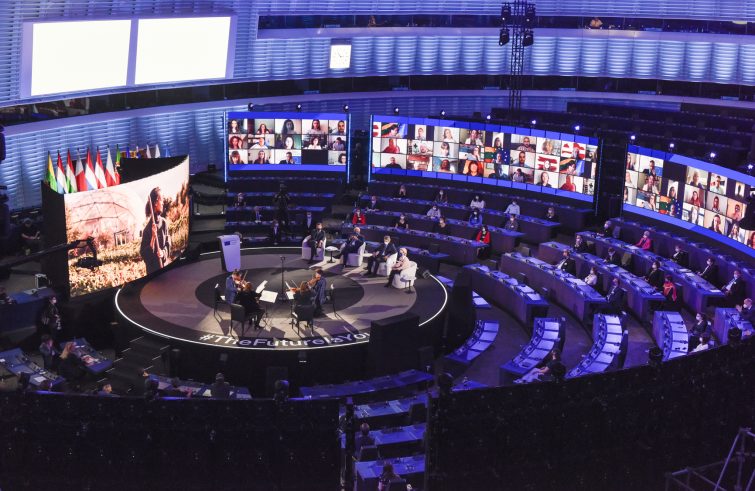
The Conference on the Future of Europe is slowly (and perhaps silently at the moment) taking shape. The Conference is a process, initiated and jointly chaired by the European Parliament, the EU Council and the European Commission, to hear citizens and hold discussions on the way forward for the European project. The three institutions have pledged to follow up, within their respective spheres of competence, on the submitted recommendations. Up to now, efforts focused on organising and setting in motion this complex project. The inaugural event to launch the Conference took place on May 9. The citizens’ platform was activated, and the first meetings of the Executive Board have been held. The inaugural plenary session is due to take place on June 19 in the hemicycle of the European Parliament in Strasbourg. But a first glimpse into the event will be provided at the European Citizens’ Event of on June 27 live-streamed from Lisbon, where 27 citizens, one from each Member State, will engage in a debate with the co-chairs of the Executive Board.
How will citizens make their voices heard?
The multilingual digital platform (https://futureu.europa.eu/?locale=en) is the place for citizens to share ideas and send online submissions. It is defined the “hub” of the Conference, as it allows everyone to participate, share their thoughts, get involved, see what others have to say on suggested topics (climate change and the environment, health, a stronger economy, social justice, jobs, EU in the world, values and rights, rule of law, security, digital transformation, European democracy, migration, education, culture, youth and sport …).
 The platform also provides information on events organised in connection with this major opportunity for reflections on the EU, and it allows citizens to organise their own event. Relevant news on the Europe-wide process is also found on the platform. To date, 16843 people have registered on the platform, 4428 ideas have been shared, with 8757 comments and 25594 reactions. A total of 998 events with the conference as their focus have been announced (and highlighted on an interactive map). After registering for the thematic areas, all the latest updates will be conveniently sent to your e-mail inbox. But make sure you have enough space: almost 900 e-mails were sent in one week.
The platform also provides information on events organised in connection with this major opportunity for reflections on the EU, and it allows citizens to organise their own event. Relevant news on the Europe-wide process is also found on the platform. To date, 16843 people have registered on the platform, 4428 ideas have been shared, with 8757 comments and 25594 reactions. A total of 998 events with the conference as their focus have been announced (and highlighted on an interactive map). After registering for the thematic areas, all the latest updates will be conveniently sent to your e-mail inbox. But make sure you have enough space: almost 900 e-mails were sent in one week.
What is the purpose of these exchanges through the platform?
The will feed into the European Citizens’ Panels. Four large groups, each of them comprising 200 citizens, will engage in debates on a set of themes: 1. Values, rights, rule of law, security; 2. Climate change and environment/Health; 3. A Stronger economy, social justice, jobs/education, youth, culture, sport/digital transformation; and 4. EU in the world/Migration. The two-hundred selected citizens will be chosen randomly to ensure that they are representative of the EU’s diversity, in terms of geographic origin, gender, age, socioeconomic background and level of education. “Random selection” – states a document released by the Executive Board – means that citizens will be contacted by telephone (with random generation of landline and mobile telephone numbers); if those who answer the phone agree to participate in the work of the panels, they will receive a letter of mandate and appropriate instructions. One third of the citizens composing a Citizens’ Panel will be between 16 and 25 years old. The panels will convene a few times between autumn 2021 and spring 2022: three meetings will be held in person, the rest remotely, also with a view to keeping costs down. Their task is to come up with ideas and recommendations on the given topics that will feed into the Plenaries.
What is a Conference Plenary?
It is the “event” that brings together European and national institutions and the citizens. In fact, it will be composed of: 108 MEPs, 108 representatives of all national parliaments and 108 citizens (80 representatives from the European Citizens’ Panels, of which at least one-third will be younger than 25, and 27 from national Citizens’ Panels or Conference events, 54 representatives of the EU Council (two per Member State) and 3 from the European Commission. Some 18 representatives from both the Committee of the Regions and the European Economic and Social Committee, and another eight from both social partners and civil society will also take part. The High Representative of the Union for Foreign Affairs and Security Policy will be invited when the international role of the EU is discussed.
The Conference Plenary will be gender-balanced. Citizens delegations from each panel will collect the respective recommendations that will be discussed in plenary sessions in order to vote on a set of proposals to be submitted to the Executive Board by end of Spring 2022. The latter will draw up a final report -“in full collaboration and full transparency with the Plenary”-after which Parliament, Council and Commission will examine swiftly how to follow up effectively to this report, each within their own sphere of competences and in accordance with the Treaties.
Who holds the reins of the process?
The Conference is under the Presidency of the “Executive Board”, chaired by three people, one from each European institution: Hon. Ana Paula Zacarias, Portuguese Minister for European Affairs for the Council, MEP Guy Verhofstadt for the European Parliament and Vice-President Dubravka Šuica on behalf of the European Commission. This committee, comprising 6 members (two from each European institution) and 17 observers, has already met several times to decide on the timing and working methods.
So what can I do now, as a European citizen?
Sign up on the digital platform, and if you have some ideas on the proposed topics, share them; check if there are any upcoming events related to the Conference in your area: get involved! If there aren’t any, maybe you can take action and organise one yourself. If the phone rings, it could be an invitation to attend the European panels. Citizens Panels at national level are also expected to be set up under the conference structure to “integrate national/regional/local actions into the wider conference process”. The Panels ought to comprise a defined number of representatives ( from 50 to 200), inclusive and representative of the demographic and socio-economic profile of the country, but without political representatives; they should meet for a minimum of 4/6 working days to develop reflections and proposals.









